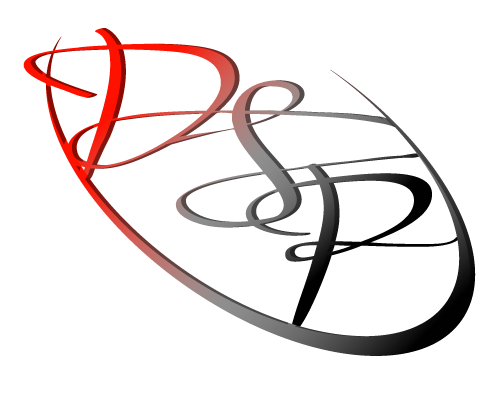Many dancers invest both time and money for lessons to become more proficient, but without proper practice, they won’t retain the information they’ve learned. A simple plan for practice will help you improve and ensure your efforts are not lost. The question many dancers wonder is how to practice ballroom dancing for the best results.
If you are practicing with your partner, it helps to have an itinerary of what to practice in your session, so as to get the most out the time and reduce fighting. Practicing alone is a necessity to improve your skills, but many dancers are timid to practice on the floor without a partner. By being prepared in advance, you will feel less intimidated and get the best results from your practice time.

Plan:
Make a plan to practice the day after your last private or group lesson and set aside at least a half hour for this purpose. Also, decide in advance what dance, technique or style you are going to be practicing. Planning ahead gives you a definite goal of what to work on and ensures that you don’t waste your time thinking about what you should practice during the practice time.
Dressing the part will help you be sure to use the practice time seriously, are not restricted in your movement, and feel confident. Whether you are going to a social dance, out on the competition floor, or taking a lesson, wearing the proper attire puts you in the right frame of mind. If you have taken notes from your last lesson, review them to refresh the goal of this practice session. Warmup your body before beginning the material you wish to practice. Start warming up off the floor by pointing and flexing your feet and ankles, stretching your legs and arms, lengthening your spine and rolling your head. Do a little jogging in place and dynamic stretching and then take the floor. You can also work with a dance frame trainer to mold your frame and strengthen your posture.
Method:
With your practice goals in mind, start by reviewing the steps/concepts you worked on from your last lesson. After reviewing, do the step/technique concept by itself several times. As it improves, work it into either the context in your routine, or in a particular pattern so you are practicing the application of it. Practice and repeat–many times! When you are ready, dance the isolated step/technique with slow music, and gradually put it into context with the slow music. Stop the music and then work more on doing the step/technique up to tempo, but without music. When you are ready, try it with up to tempo music. This method of practice can be done either alone or with a partner. At the end of your practice session, you’ll probably have a better idea of what you can plan to do on your next session. In a short while, you’ll find practicing your dancing to be rewarding, enjoyable and great mental and physical training.
- Share the music. Let your music play through one song. If no other dancers on the floor need the music at that time, you may play another song and then check again to see if anyone is waiting a turn.
- Ask the studio owner if you can purchase practice time in a block in advance. You might get a reduced rate and knowing that you have paid in advance will encourage you to use the time.
- Be considerate of others on the floor during your practice. Keep to the edges of the floor or in a quieter spot if you are practicing on your own. If there are teachers on the floor giving paid lessons, yield to them.
- Write your Dance: Improve your dancing through journaling - November 12, 2019
- The Difference Between Oversway and Throwaway: Ballroom Video Preview - June 8, 2018
- Principles of Movement: Ballroom Basics Video - September 21, 2016





Very reinforcing!
Thank you for your feedback, Nadine!
I like that you mentioned how you should practice dancing both with and without music. My wife is interested in learning how to ballroom dance before her friend’s wedding, but she has a difficult time moving to the tempo of the music that she plays. Maybe she should consider taking lessons so that she can learn how to implement music in her practice sessions.
Thanks for stopping by, Darrien. Practicing without music is helpful to get the physical movements down first, before adding in the complexity of moving within the tempo. Private lessons will absolutely help your wife learn how to sync up the movements she’s doing with the music. Good luck!